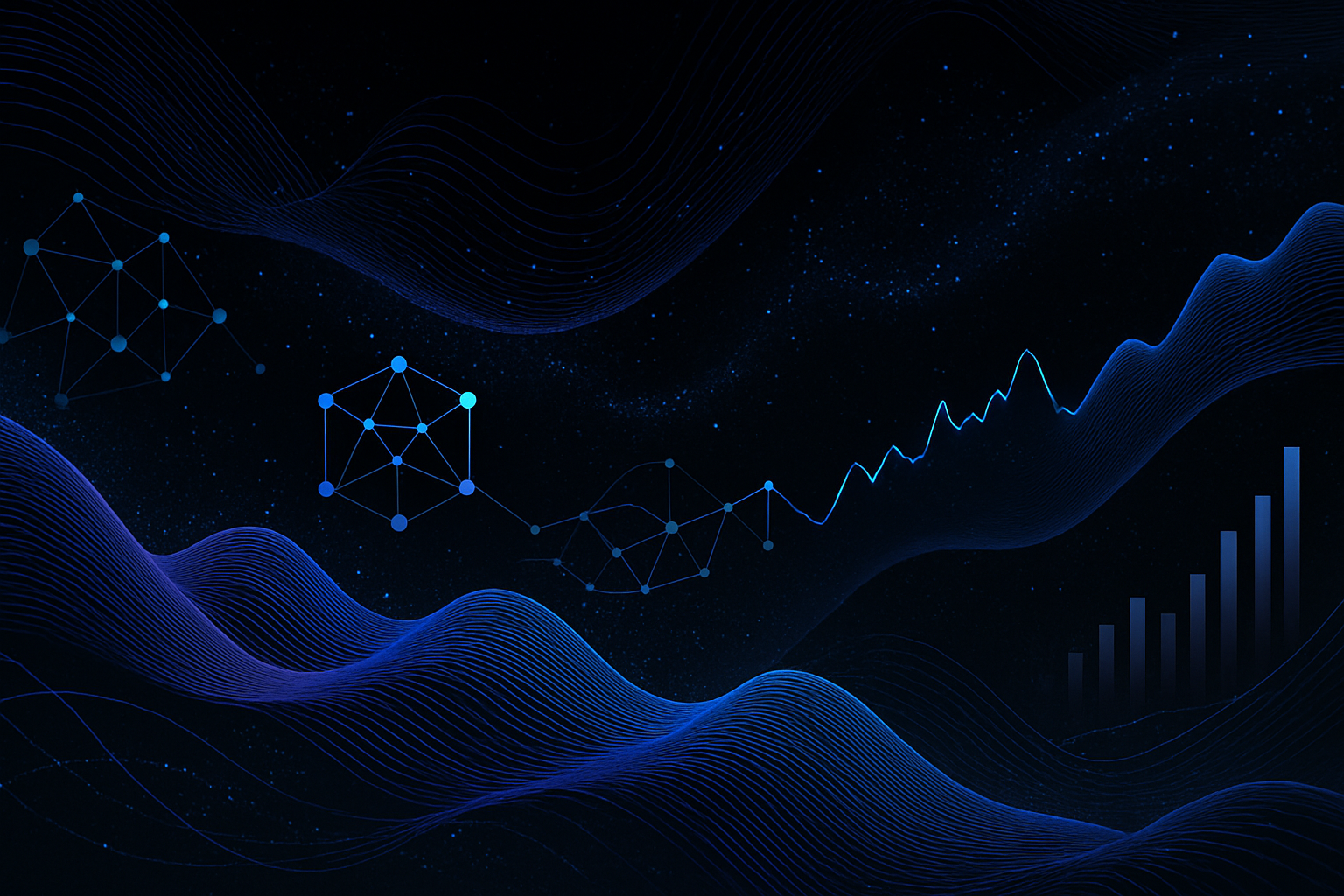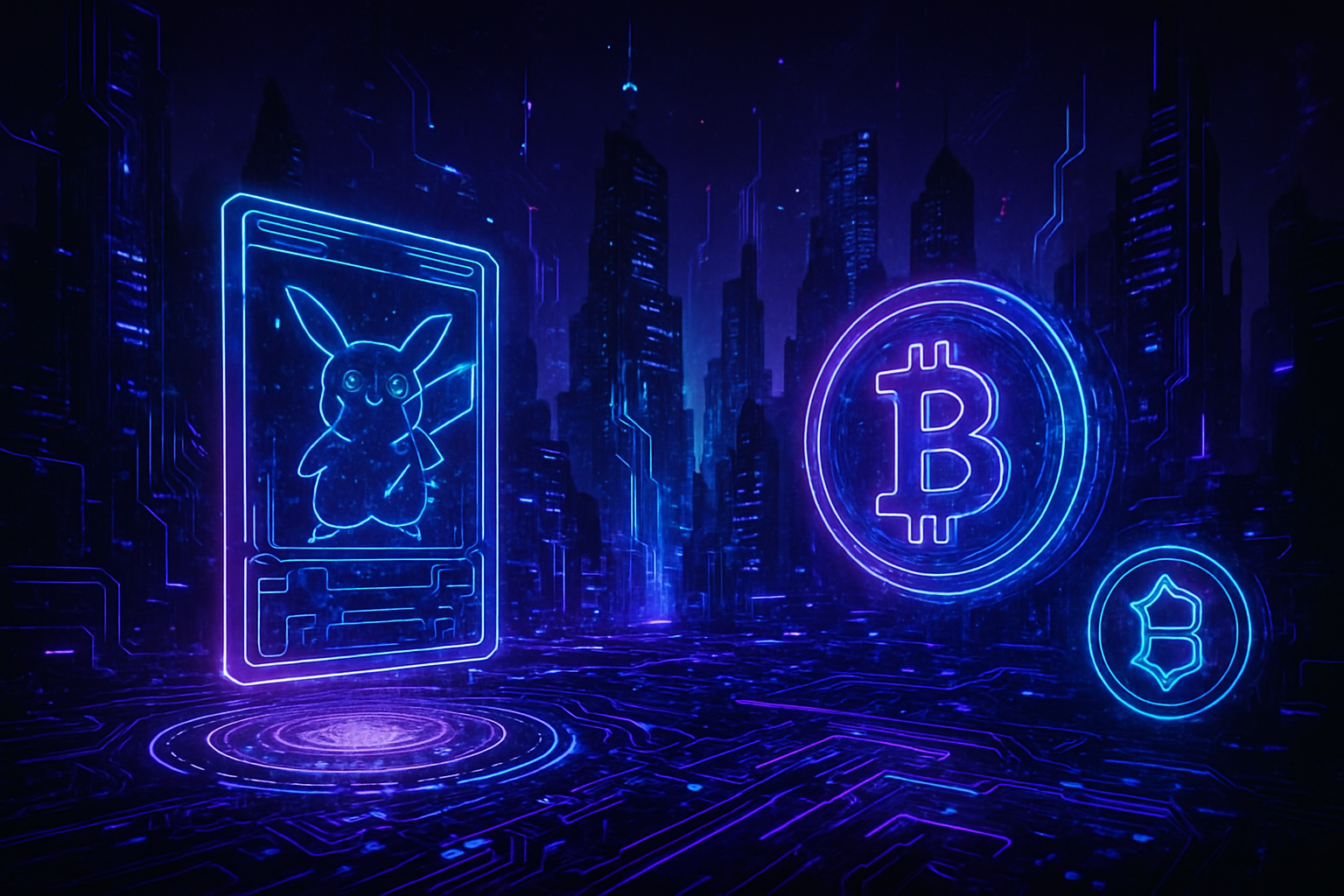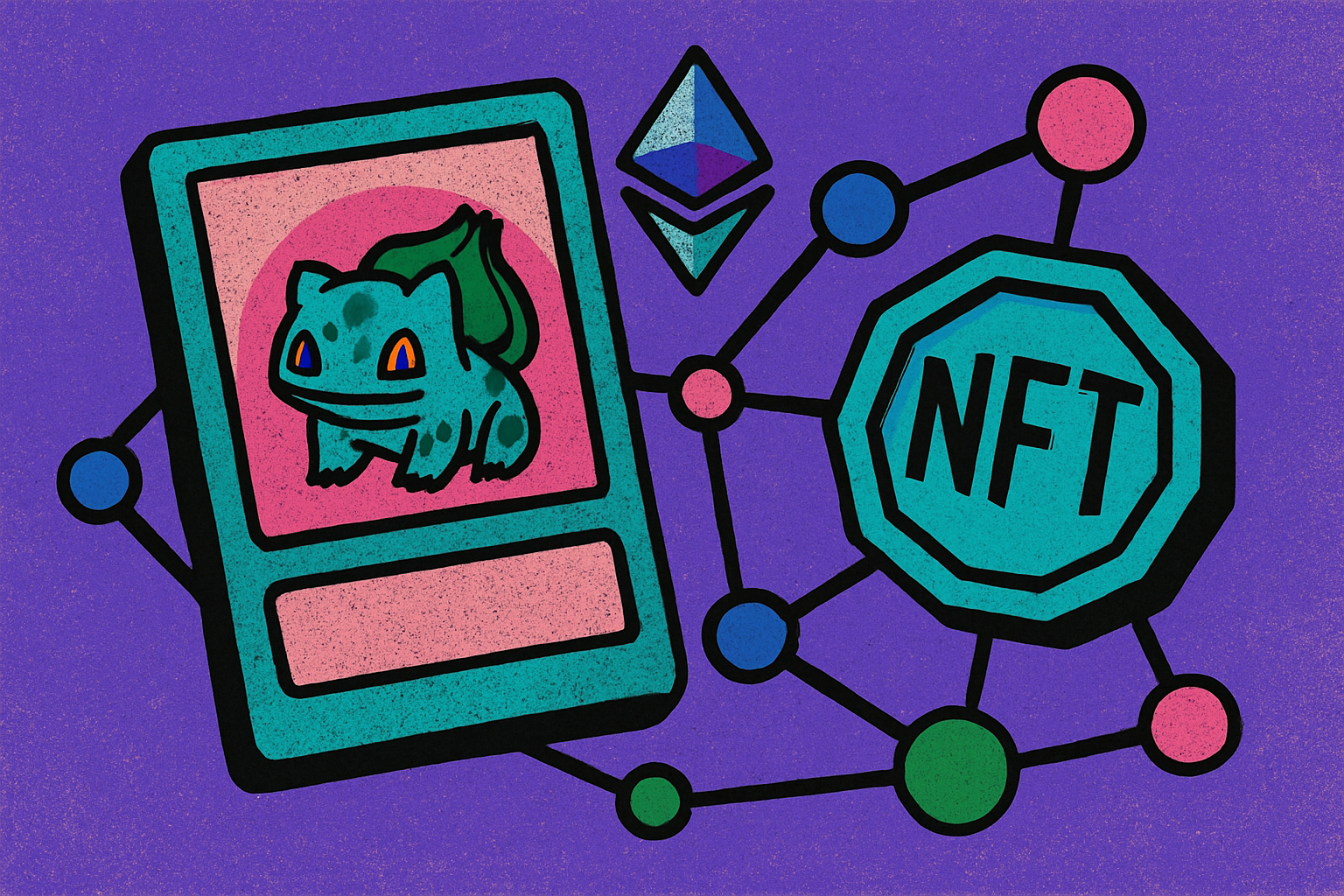
Magic: The Gathering (MTG) has always been ahead of its time, and now it stands at the forefront of a digital transformation that’s reshaping how collectors own, trade, and invest in iconic cards. With the integration of Real-World Assets (RWAs) into blockchain platforms, MTG is entering a new era, one where physical cards can be securely tokenized and traded as NFTs with unprecedented transparency and liquidity.
From Cardboard to Code: The Rise of Tokenized Magic Cards
The concept of tokenizing physical collectibles isn’t new in crypto circles. In fact, as many have pointed out on Reddit, Magic: The Gathering essentially “invented NFTs” years before Bitcoin was even conceived, with each card representing a unique, tradable asset. Today, platforms like Collector Crypt are taking this legacy to the next level by launching tokenized MTG cards on blockchains such as Solana. Each physical card is vaulted, graded for authenticity, and linked to a digital token, making on-chain trading seamless for anyone worldwide.
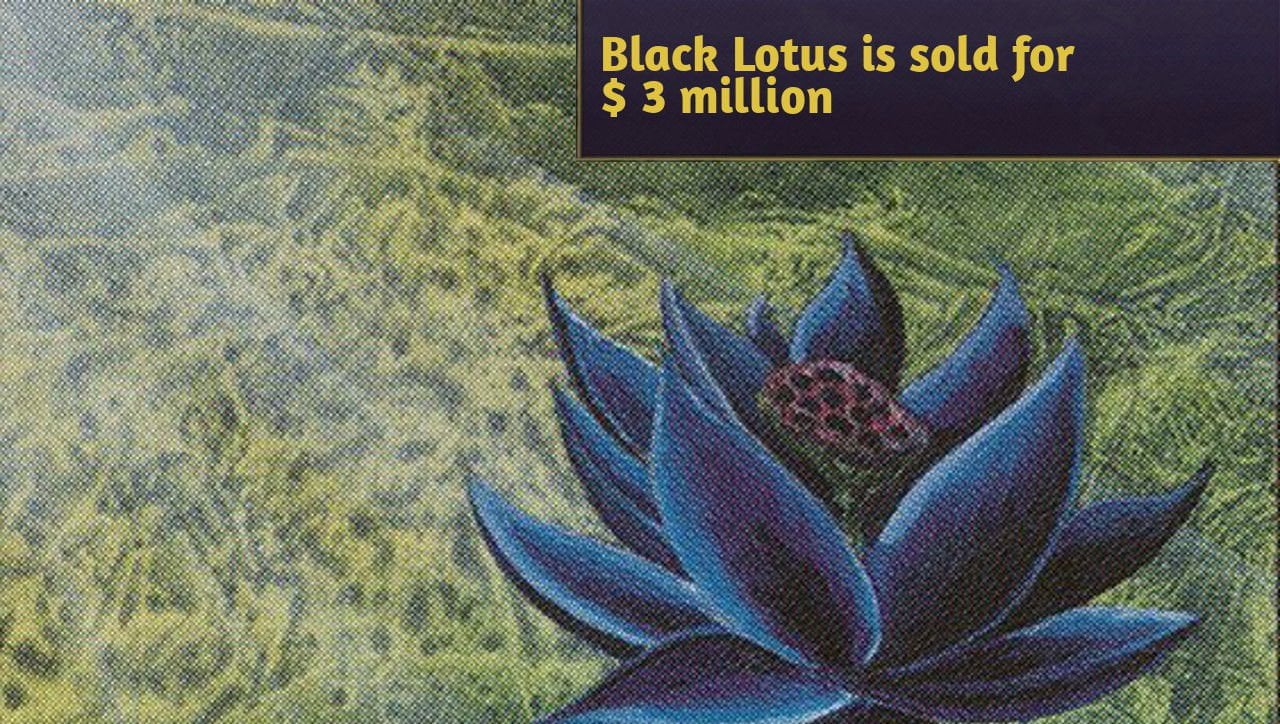
This approach directly addresses some of the biggest pain points in the traditional trading card market: shipping delays, condition disputes, and geographic barriers. Now collectors can buy or sell a rare Alpha or Beta card instantly without worrying about logistics or trust issues.
Current Market Dynamics: Hasbro’s Price and Collector Demand
No discussion about Magic: The Gathering RWA would be complete without acknowledging the market’s current state. As of this writing, Hasbro Inc. (HAS): the parent company behind Wizards of the Coast, trades at $74.15. This price reflects both steady investor confidence and the growing anticipation around blockchain-driven collectibles.
The appetite for rare MTG cards remains fierce. For example, a 1993 Beta Black Lotus Artist Proof recently hit luxury resale platform The RealReal with an eye-watering valuation of $750,000 (source). Tokenization offers new pathways for more collectors to engage with these high-value assets, fractional ownership allows investors to buy shares in legendary cards rather than needing six-figure budgets.
Why RWAs Matter for MTG Collectors
Tokenizing Magic cards as RWAs unlocks several key benefits for both seasoned collectors and newcomers:
Key Benefits of Tokenized MTG Card Collecting
-
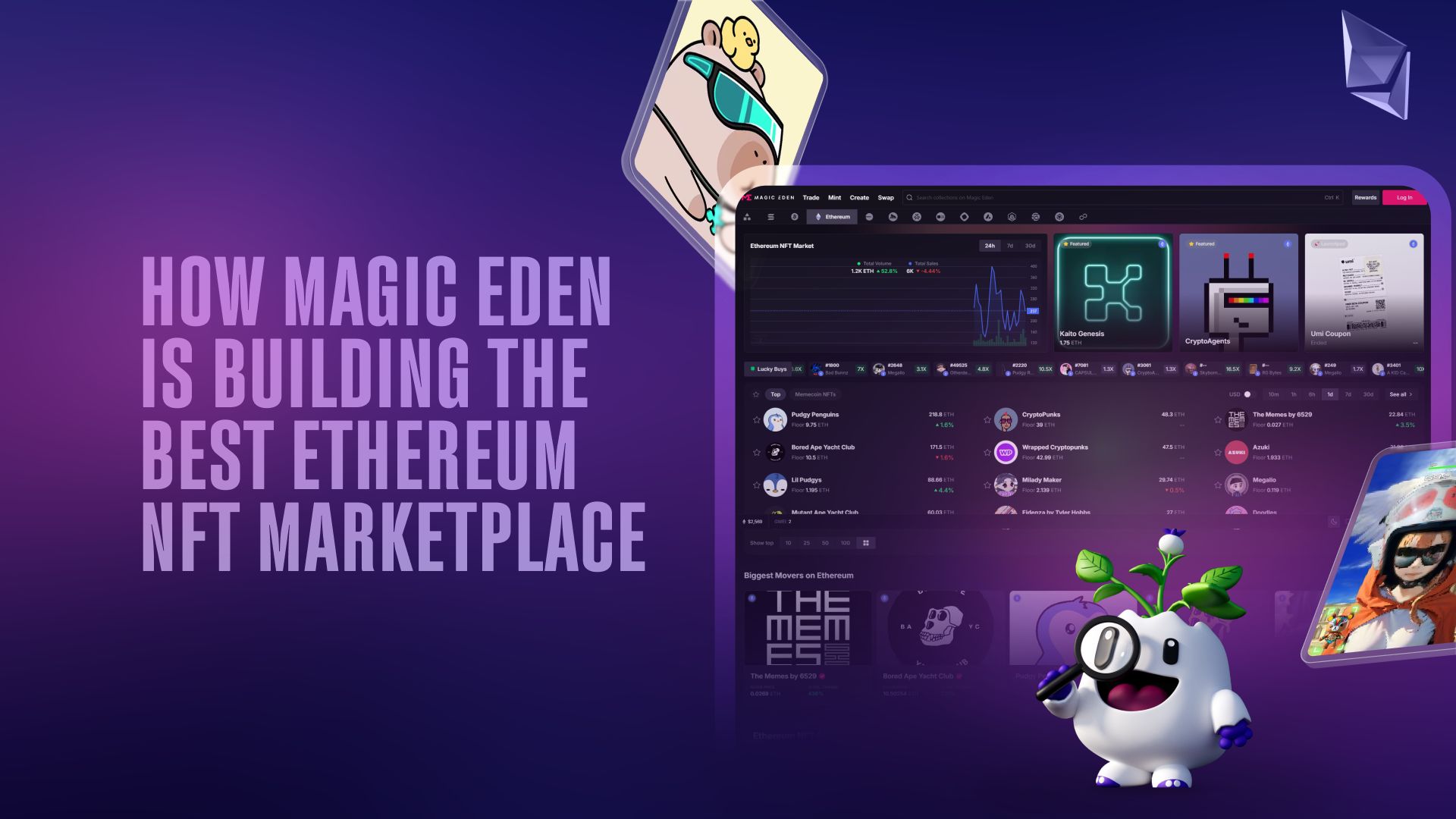
24/7 Global Trading Access: Platforms like Magic Eden enable collectors to buy, sell, and trade Magic: The Gathering cards as tokenized assets anytime, anywhere, eliminating traditional market hours and geographical barriers.
-
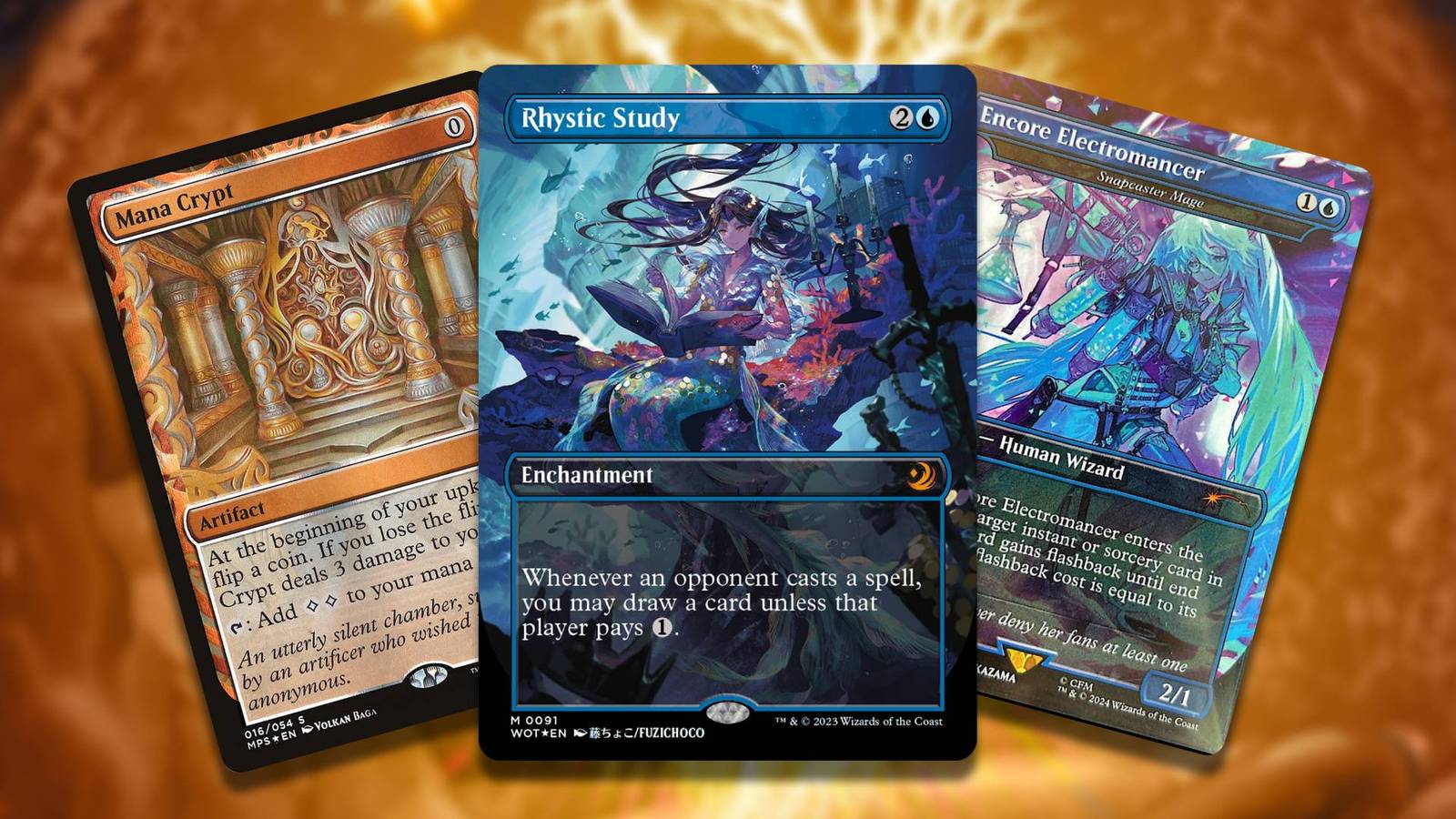
Fractional Ownership Opportunities: Through services such as Collector Crypt, high-value MTG cards can be divided into digital shares, allowing multiple collectors to co-own rare assets like the 1993 Beta Black Lotus Artist Proof card (valued at $750,000).
-
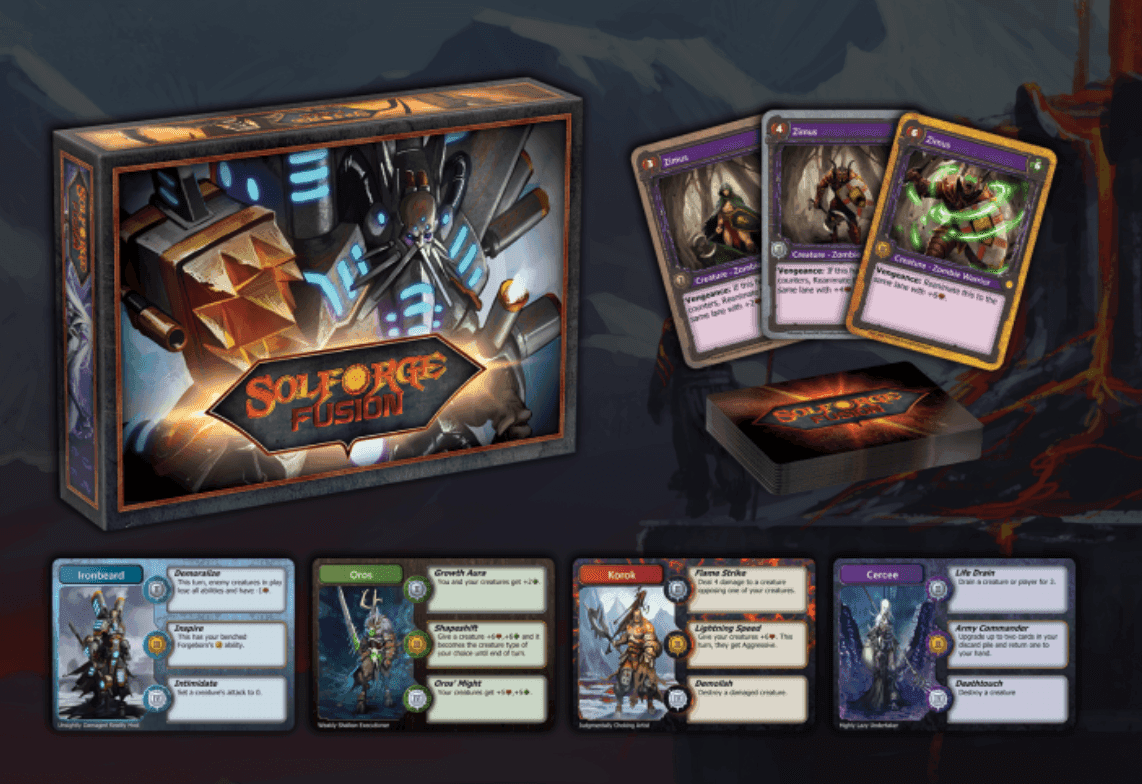
Blockchain-Backed Provenance Checks: By leveraging the transparency of the Solana blockchain, platforms provide immutable ownership and transaction records, ensuring the authenticity and history of each tokenized card.
-
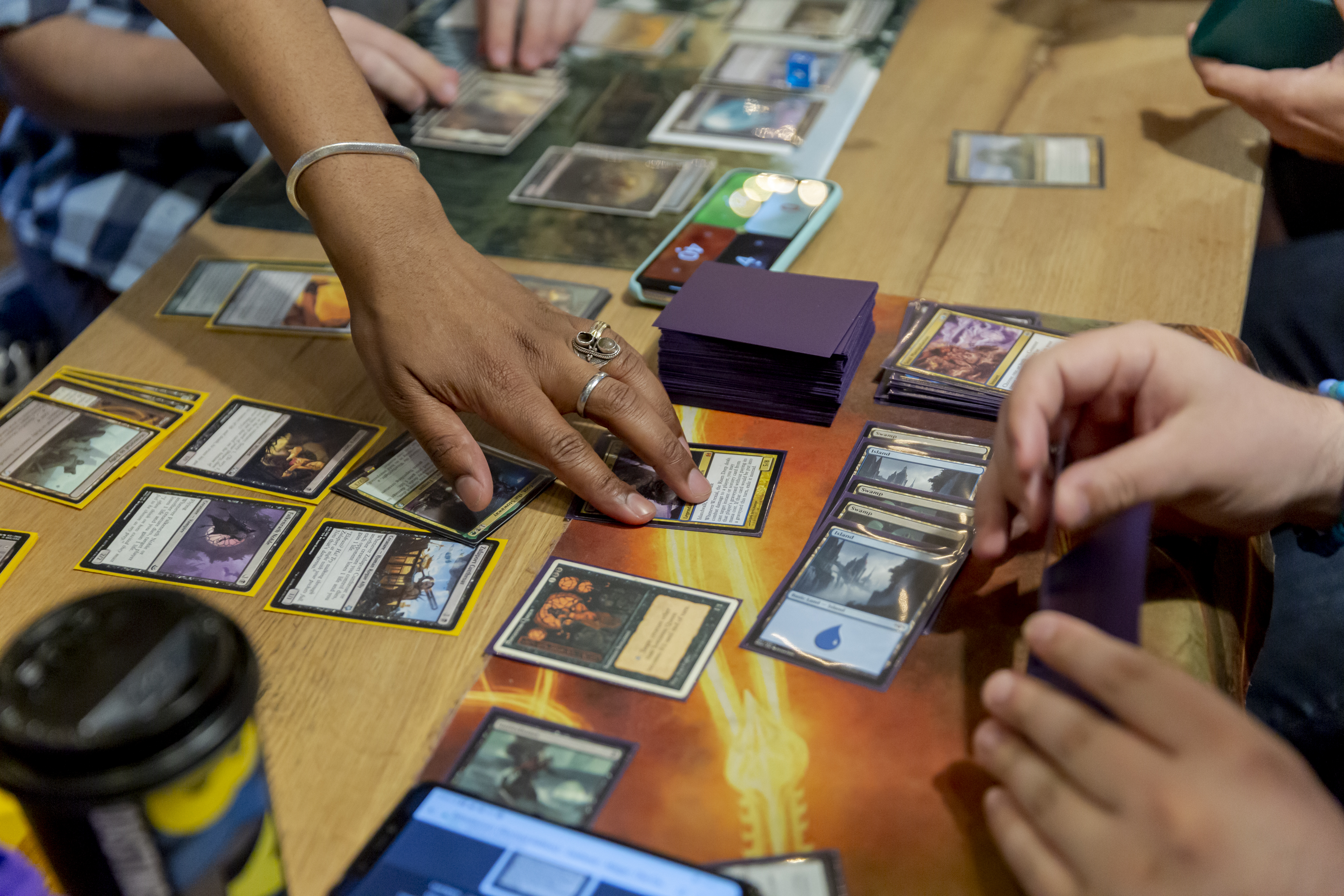
Reduced Risk of Fraud: Tokenization and on-chain verification minimize the chances of counterfeit cards and fraudulent listings, providing collectors with greater confidence in every transaction.
Liquidity is king: Unlike traditional sales that might take weeks to close due to shipping or escrow requirements, an MTG card NFT can change hands instantly on marketplaces like Magic Eden or Collector Crypt Launchpad.
Transparency is standard: Every transaction is recorded on-chain, ownership history and grading data are always available for verification. This makes it much harder for counterfeiters or scammers to operate undetected.
The Road Ahead: Tokenization Trends and Community Sentiment
The broader RWA crypto market has exploded into a $28.2 billion sector in 2025 according to Cointelegraph’s latest analysis, a figure mostly driven by traditional finance assets so far but now rapidly expanding into collectibles like Pokémon and Magic cards. As more platforms embrace secure vaulting and robust NFT standards for physical assets, expect MTG on blockchain to become not just mainstream but essential for serious collectors.
As the infrastructure supporting Magic the Gathering RWA matures, we’re seeing a convergence between crypto-native and traditional collector communities. The transition from cardboard to code is more than a technical upgrade, it’s a cultural shift that democratizes access, allowing anyone with an internet connection to participate in high-stakes collecting. This is particularly relevant for those priced out of physical ownership, as fractionalized MTG card NFTs lower the barrier to entry and diversify the collector base.
Security and trust are at the heart of this evolution. Vaulting services like Collector Crypt ensure that tokenized assets are physically secured and professionally graded before being linked to an NFT. This means buyers can be confident in both the authenticity and condition of their investment, while sellers gain instant liquidity without sacrificing peace of mind. The blockchain’s immutable ledger provides a transparent audit trail for every transaction, a feature that’s invaluable in an industry often plagued by counterfeits and provenance disputes.
Navigating Risks: What Every MTG Card NFT Investor Should Know
While the promise of 24/7 trading, global reach, and trustless transactions is real, it’s important for collectors to remain vigilant. Not all platforms are created equal; due diligence on vaulting partners, grading standards, and smart contract security is non-negotiable. Community sentiment remains largely positive, Reddit threads highlight cautious optimism, but there’s also healthy skepticism about NFT scams and platform reliability. It’s crucial to distinguish between projects with robust physical custody protocols versus those offering only digital representations without real-world backing.
The distinction between RWAs and purely digital NFTs matters here: RWAs like tokenized Magic cards derive their value from tangible assets locked in secure storage. This hybridization of physical and digital solves many of the trust issues that have dogged earlier NFT projects while preserving the unique culture of Magic: The Gathering collecting.
Future Outlook: MTG on Blockchain as Standard Practice
Looking ahead, expect further integration between major trading card marketplaces and blockchain platforms. As Hasbro Inc. (HAS) maintains its position at $74.15, institutional interest in tokenized collectibles is set to deepen, especially as success stories from Pokémon card tokenization continue to make headlines (source). For Magic: The Gathering fans, this could mean more frequent releases of limited-edition packs on-chain, innovative formats for gameplay using NFT-backed decks, or even entirely new economic models around card lending and staking.
The bottom line? Tokenized Magic cards are no longer a speculative experiment, they’re rapidly becoming a pillar of modern collecting culture. Whether you’re a veteran planeswalker or just exploring your first booster pack investment, understanding MTG card NFTs will be key to navigating this new landscape with confidence.


